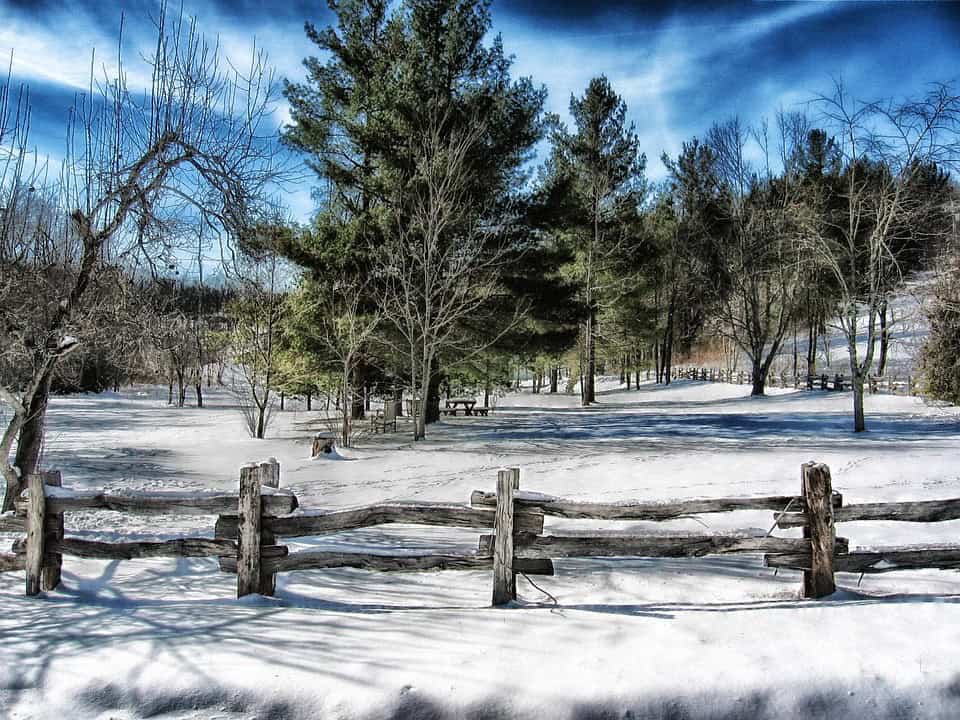North Carolina
With its beautiful mountains, North Carolina is the ultimate destination for any season or any time of the year. In the winter, you can go in for some great skiing and tubing experience. In warmer months, you can never go wrong with a good hike in its mountains and hills. Of course, at the other end of the spectrum, North Carolina also has some pretty spectacular coastal sceneries worth seeing as well.
Know more about North Carolina here.
Geography
North Carolina is located in the Southeastern region of the United States. It is bordered by the Atlantic Ocean on its East. It is then locked by Virginia, Georgia, South Carolina, and Tennessee from its north, west, and south.
The state of North Carolina is typically identified through its three main geographic regions. Namely, the Atlantic Coastal Plain, the Central Piedmont region, and then its Mountain region. The entire state of North Carolina is defined by a wide range of elevations and landscapes. Descending from the Appalachian Mountains all the way down to the Atlantic coastal plain.
The state is blessed with gorgeous bodies of water, too. North Carolina happens to have 17 major river basins that all flow into their own beautiful streams of water. Only four of these, however, are entirely within the state’s border.
History
There is enough archaeological evidence to know that North Carolina has been inhabited for tens of thousands of years. Mainly by prehistoric indigenous cultures that found their way to the region. Around 200 AD, evidence shows that the cultures of these groups are sophisticated enough that they were building earthwork platform mounds for their ceremonies and religious celebrations. Of course, as early as 500-700 years before the Europeans arrived, the region was very much thriving. There was evidence of complex cities and trading networks by the Mississippi River.
It was in the 16th century that Spanish explorers started to arrive in the North Carolina area. The Spanish marks the first European attempt to colonize the more interior parts of the United States. Later on, the British would also attempt to colonize the area but would end up failing in the 1580s. It was, however, smallpox that the Europeans brought in the area, that killed a lot of Native Americans that lead to the weakening of the native‘s hold in the area.
Weather
The climate within North Carolina varies through its elevation. Naturally, the mountainous, more elevated part of the state is the coolest all year round. The coastal plain of the state, on the other hand, is much heavier influenced by the climate within the Atlantic Ocean and the Gulf Stream. The influences of these bodies of water tend to bring about warmer winters. Of course, the temperature can still drop below the freezing point at night, but the coastal region remains much warmer than the rest of the state.
In general, the state of North Carolina experiences summer and winter in their extremes. Summer actually brings about threats of hurricanes and even flooding. Especially in the lower regions. Most of which are because of tropical storms from the ocean that borders it.
Tourism
North Carolina has numerous beautiful destinations for outdoor adventurers and leisurely traveling. They have the Grand Canyon of the East, the Linville Gorge and Falls. North Carolina also has the Chimney Rock State Park. They also have the Grandfather Mountain. For chiller travels, there is the Biltmore Estate, Morehead Planetarium and Science Center, and the North Carolina Zoo.
Key information about North Carolina
📍 Area: 139,390 km2
👥 Population: 10,453,948
🏛️ Capital: Raleigh
🏢 Major cities: Charlotte, Asheville, Raleigh, Wilmington
🔢 Number of counties: 33
📋 Postal Abbreviation: NC
📖 Primary language/s: English, French, Spanish
📌 Nearby states: Virginia, Georgia, South Carolina, Tennessee






